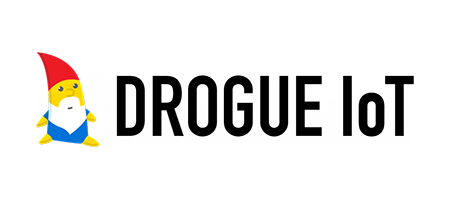The Active Building Centre Research Programme have developed an open-source, event-driven microservice messaging architecture to enable collection of real time building data from a range of buildings and systems. The aim of the messaging infrastructure is to provide secure transmission of data in a consistent format between building devices and the cloud.

The conceptual diagram above describes the high level components of the messaging infrastructure. The focus of the work to date has primarily been on ensuring secure, consistent communications from a range of devices using a range of IoT and messaging services. This then allows a range of applications to sit on top of the stack depending on the objective, for example front-end analytics and dashboarding.
Evolution from Microservices to Event-Driven Microservices:
The stack was developed to be open-source, scalable and multi-tenant. It can run on either cloud or the edge, or a combination. The architecture for version 1 is shown below (no longer supported).

Recently an updated stack has been developed, this builds on Version 1 and makes the move to an event-driven implementation.

From microservices to event-driven microservices:
- Lower resource usage (power usage)
- Lower costs to operate
- Easier to scale
- Easier developer experience
Protocol normalization based on Cloud Events and Knative eventing:
- Emerging specifications for describing and handling events
- Portable across many platforms
Onboarding Guidance
For projects which are being onboarded to the ABC-RP infrastructure comprehensive guidance is available on Github. The guidance covers the key concepts of the messaging stack, in addition to providing examples and links to related projects.

Useful Links and Related Projects
Further information, particularly relating to naming, payload structuring and ontology may be found in the links below:
Building Device Naming Standard
Google Digital Buildings Project
Universal Device Management Interface (UDMI)
Project Partners
Industrial partners Arup and re.je were instrumental in developing Version 1 of the IoT messaging stack and are still involved in the project, helping to ensure that the project continues to align with other ongoing efforts and standards.










